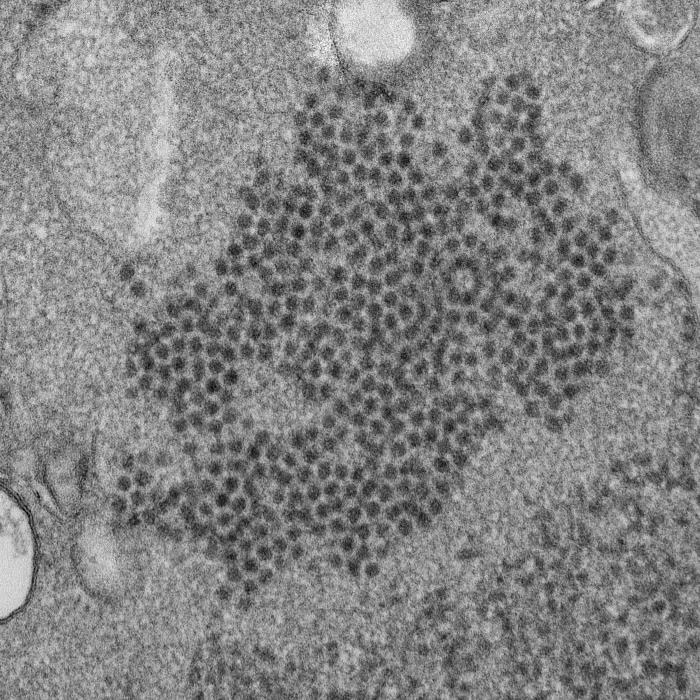
Cleaning For Infection Prevention: Enterovirus D68
Continuing on with our “Cleaning for Infection Prevention” series, our topic is now Enterovirus D68. Many people may refer to this virus as Non-Polio Enterovirus.
Since this infection may be unfarmiliar to many, there are a few sections to cover before getting into how to clean to prevent this infection from running rampant in your facility. The sections include a background of the virus, yearly updates, symptoms, diagnosis, treatments and how to protect yourself and your facility.
Precautionary Measures
You can help prevent yourself from getting and spreading EV-D68 and other respiratory illnesses by following these steps:
- Wash hands often with soap and water for 20 seconds. (See Handwashing: Clean Hands Save Lives)
- Avoid touching eyes, nose and mouth with unwashed hands.
- Avoid close contact such as kissing, hugging, and sharing cups or eating utensils with people who are sick.
- Cover your coughs and sneezes with a tissue or shirt sleeve, not your hands.
- Clean and disinfect frequently touched surfaces, such as toys and doorknobs, especially if someone is sick.
- Stay home when you are sick.
Appropriate Disinfectants
EV-D68 is a non-enveloped virus, therefore, the CDC recommends that environmental disinfection of surfaces in healthcare settings should be performed using a hospital-grade disinfectant with an EPA label claim for any of several non-enveloped viruses (e.g. norovirus, poliovirus, rhinovirus). Disinfectant products should be used in accordance with the manufacturer’s instructions for the specific label claim and in a manner consistent with CDC recommendations for environmental infection control in health care facilities.
Source: https://www.issa.com/education/cleaning-for-infection-prevention/enterovirus-d68.html#.WDx-LdUrKM8
